













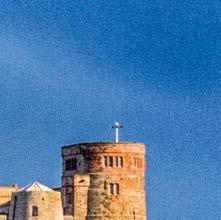










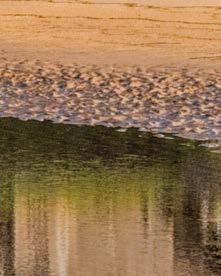




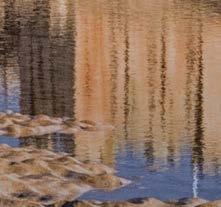










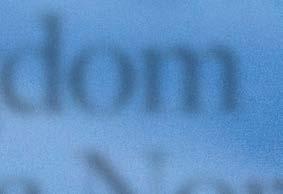

















FEB/MAR 2023 £4.95 www.discoverbritainmag.com BRINGING BRITAIN TO YOU Kingdom of the North WIN A luxury lakeside escape Our 38-page guide to castle country TRAVEL SPECIAL How Edward I stole the role for his son Princes of Wales The other Brontë sister EMILY’S SECRET SORROW London’s theatreland THE BEST SHOWS OF 2023 Royal courtiersThe Piper to the Sovereign The Cotswolds LIFE IN THE RURAL IDYLL
BEHIND THE KITCHEN DOOR The White Hart, Mersea Island
What happens when the man behind the successful reinvention of a Suffolk inn and an Essex tavern into top gastropubs sets his sights on a historic pub on Britain’s most easterly island? His magic formula works again, of course.
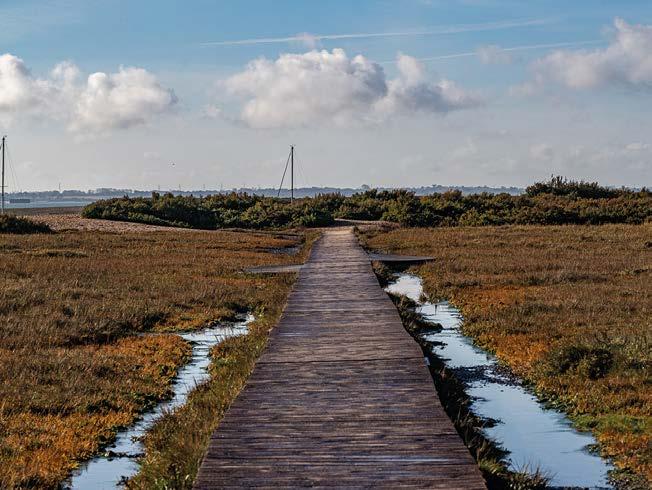
The White Hart Inn on Mersea Island reopened in spring 2022 under the ownership of Piers Baker, who also owns The Sun Inn in Dedham and Colchester’s Church Street Tavern. Having lay derelict for years, this 15th-century pub with rooms has been modernised to 21st century standards and has swiftly become the hub of the dining scene in the little coastal village, which attracts lots of holidaymakers to its creeks, boardwalks, and beaches year-round.
The kitchen is run by Eliot Craven, who’s worked with Baker for years, and the menu, which changes seasonally, draws on produce found locally, with seafood and oysters featuring regularly on menus, as well as island-grown fruit and vegetables, and slow-grown and rare-breed meat from farms throughout East Anglia. There are also lots of locally brewed ales from the likes of Adnams and Crouch Vale to wash it all down with, and even wines produced in Essex and Sussex. It’s a true taste of the east of England.
For our full review, go to discoverbritainmag.com/thewhitehart
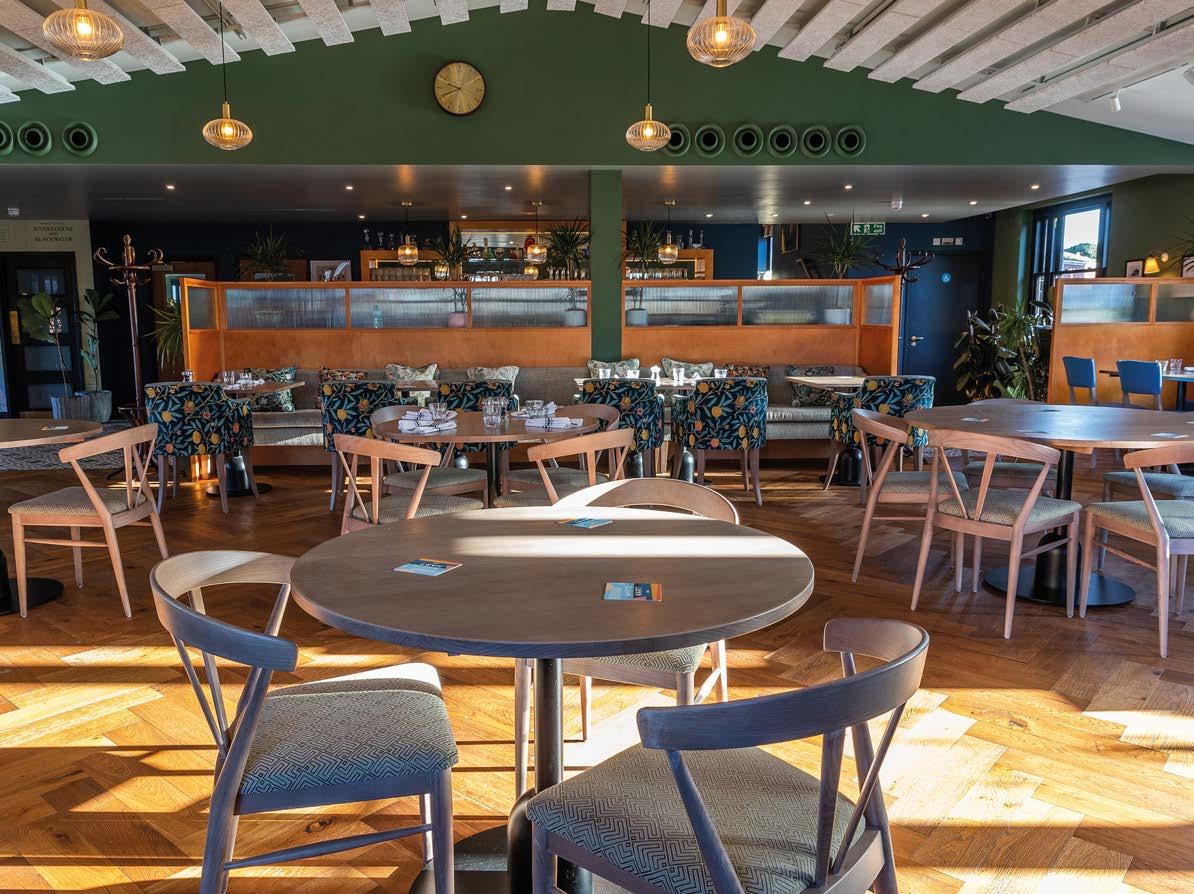
8 discoverbritainmag.com BRIT EDIT
© LILLA SZANTO/CHRIS BULL
CULTURE Manchester Museum reopens
In February 2023, Manchester Museum will throw open its doors to show off the results of its most ambitious transformation ever.
First opened in 1890, Manchester Museum is housed in a neo-Gothic building by the renowned architect Alfred Waterhouse and houses a staggering 4.5 million objects from across the fields of human culture and natural sciences.
As part of the £15m refurbishment, a two-storey extension has been added by architectural firm Purcell. New galleries include a South Asia Gallery, in partnership with the British Museum, which is the first permanent UK gallery celebrating the lived experiences and contributions of the South Asian diaspora, and a new dinosaur display, where visitors can ‘meet’ prehistoric giants such as Stan the Tyrannosaurus Rex. www.museum.manchester.ac.uk

discoverbritainmag.com 9 BRIT EDIT

Serving up the best of CASTLE COUNTRY
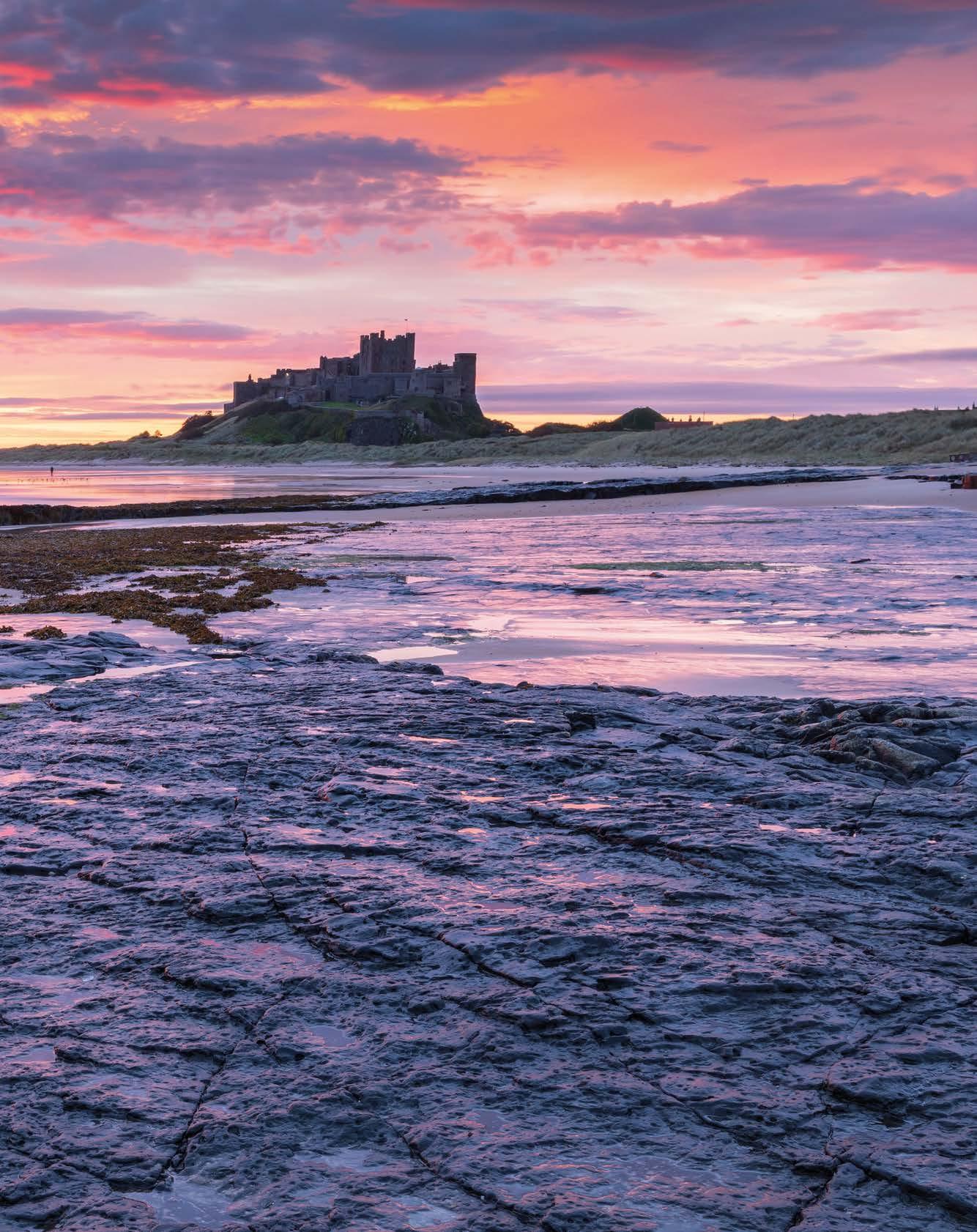
DISCOVER NORTHUMBERLAND – THE TOUR
ADAM BURTON/AWL IMAGES
Daniel Stables follows his stomach from countryside to coastline to castle on this whistle-stop tour of Northumberland
©
A Roman Mystery
Brocolitia Roman Fort was one of the most important defences on Hadrian’s Wall, and lying nearby is one of Britain’s most mysterious archaeological finds: the Temple of Mithras

Sitting on the edge of wild Northumberland moorland, overlooking the picturesque valley of Meggie’s Dene Burn, a tiny stream that runs into the River South Tyne, is Carrawburgh Roman Fort on Hadrian’s Wall, known to the Romans as Brocolitia.
Carrawburgh was one of 16 large Roman forts along the wall. It housed around 500 soldiers, with a vicus (civilian settlement) next to it. Built around AD130, Brocolitia is thought to have kept its garrison until shortly before Roman rule in Britain ended. It is likely to have been one of the last functioning Roman forts in Britain.
Today, what remains of the fort lies beneath the ground, and can be seen only as earthworks. Earthworks of the civilian settlement, which included several streets and buildings, are also visible. Archaeologists have also uncovered three shrines and a bath house. A little further downstream is, perhaps, the most interesting part of the settlement: the stone remains of a ‘Mithraeum’ temple (see above) – one of only four in Britain.
Mithraism was a Roman religion which worshipped the god Mithras (or Mithra), originally worshipped by those in the eastern Empire, and was popular with merchants,
36 discoverbritainmag.com
civil servants and soldiers who likely encountered this worship in the east. According to Mithraic legend, the first creature created on earth was a bull who lived in a dark cave. Mithras the sun god entered the cave and slew the bull. The bull’s blood gave life to many different creatures who came to live on earth.
The stone temple at Brocolitia is small and secluded, with just one entrance and probably no windows. Archaeologists believe this would have been to recreate the dark atmosphere resembling the cave in which Mithras killed the sacred bull. It is believed that the mithraeum may have symbolised the cosmos; worshippers who entered inside would undergo a journey from life to afterlife and back again, and then enjoy a feast to celebrate Mithras.
So, why is there a Temple at Brocolitia? Historians have discovered that Mithraism had cult-like tendencies with a seven-grade hierarchy, which, unsurprisingly, made membership very popular with Roman soldiers, keen to prove themselves. Passage from one level to the

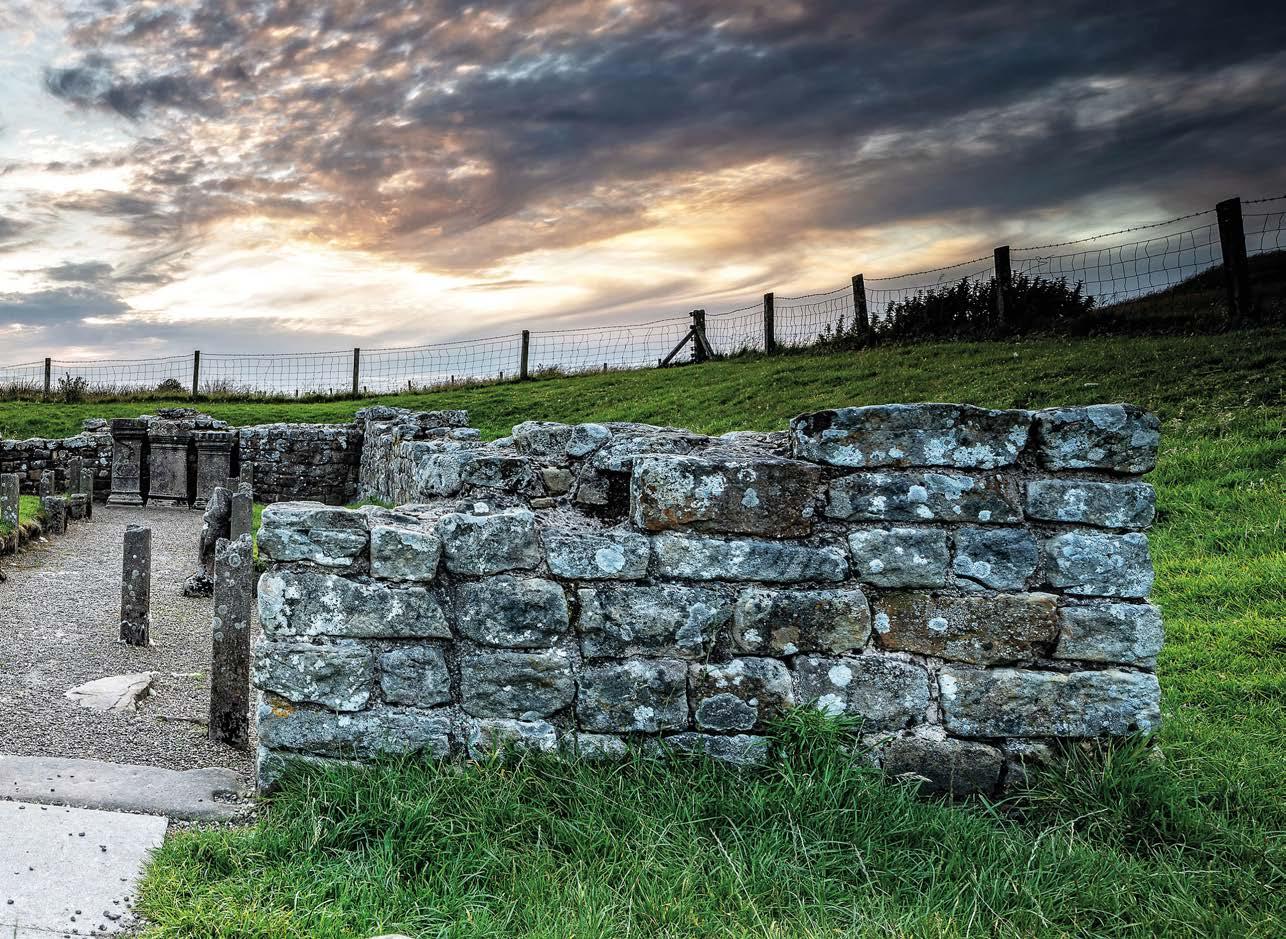
next required an ordeal of mental or physical strength, in the face of real peril. The far end of the temple housed three altars, which is where rituals, including sacrifices, would have taken place. Three commanding officers at Brocolitia had dedicated altars in the temple, and visitors can see replicas of these at the temple today.
Although we already know a fair amount about it, Brocolitia remains relatively unexcavated and the site has not been damaged by building, being used largely for agricultural purposes since Roman times. Plenty of stories still lie beneath the surface, waiting to be uncovered. The site is a precious resource for archaeologists looking to learn more about the Romans who lived here, and the fascinating ways they lived their lives. https://www.english-heritage.org. uk/visit/places/temple-of-mithrascarrawburgh-hadrians-wall
discoverbritainmag.com 37 DISCOVER NORTHUMBERLAND – HERITAGE
© CHRIS LISHMAN/ALAMY
London SPOTLIGHT
In our new about-town series, we highlight some of the top things to do in the capital, this issue: the best of theatreland for the year ahead
Roll up, roll up, can there be a more London night out that a trip ‘up west’ to see a show in London’s theatreland?




The West End, that glittering part of London, which lies just west of the City of London and encompasses some of the capital’s more famous spots – Piccadilly Circus, Trafalgar Square, Oxford Street, Bond Street, Leicester Square, and Soho – can rival Broadway for its high-calibre stage shows and footfall, but how do you ensure you see a smash hit show rather than one forced to cut its run short? By listening to us, of course. Here are our recommendations of the ones to book for 2023.

Wicked
A worldwide smash hit, since premièring on Broadway in 2003, this musical, which tells the story of the unlikely friendship between the witches of Oz, has also courted similar success in London. First showing at London’s Apollo Victoria Theatre in 2006, it is now the 9th longest West End show in history and never fails to delight audiences. Pop into the cocktail bar at The Goring nearby (the only hotel to hold a Royal Warrant for hospitality services) for a pre-dinner meal or drink, or if you’re feeling very flush, book in for the night.
wickedthemusical.co.uk
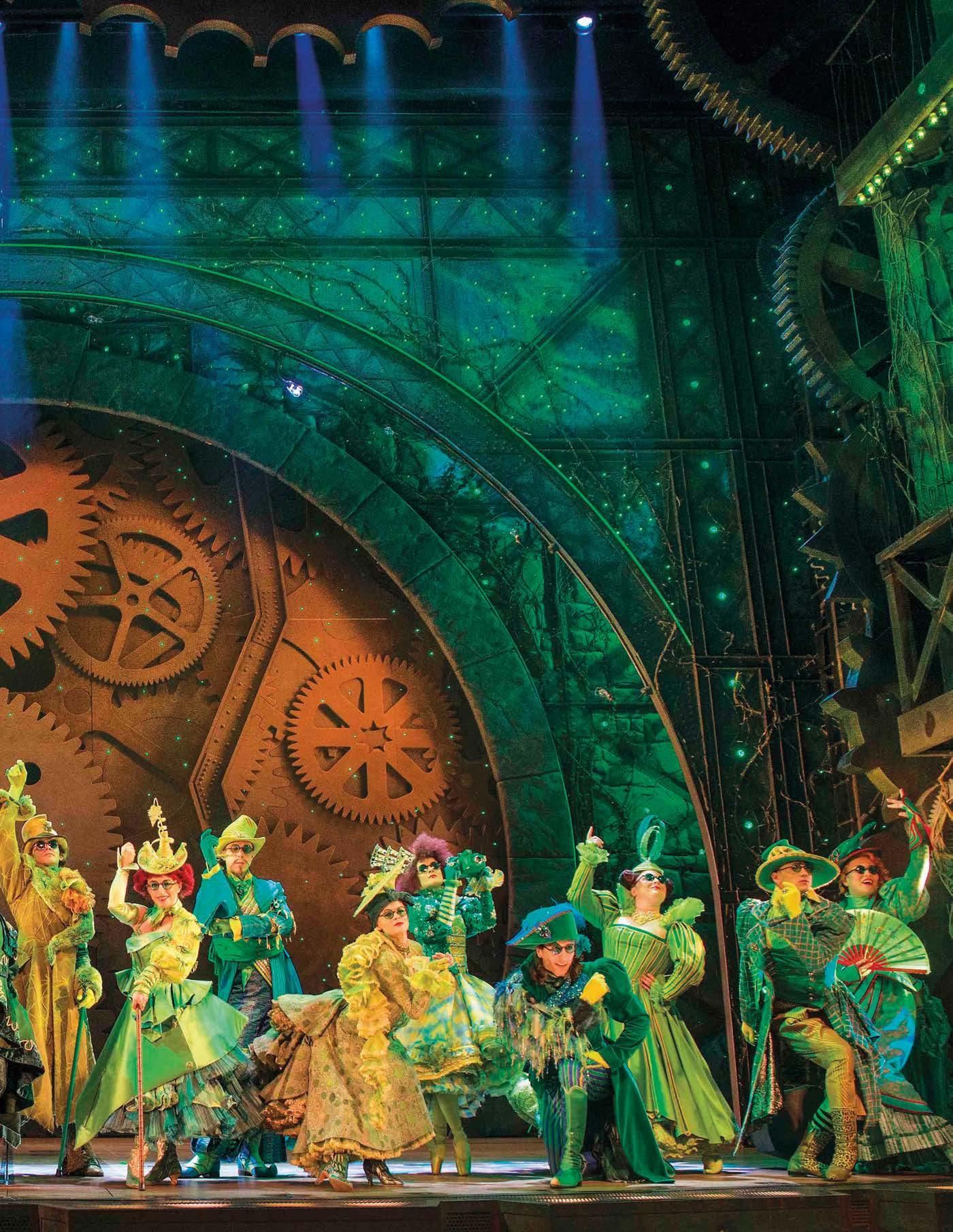
© FREMANTLE/A HERITAGE
IMAGE PARTNERSHIP LTD/ALAMY
Left to right: A portrait of John Newton; Amazing Grace was rst published in a collection of 348 hymns by Newton and Cowper

Amazing Grace
“
Amazing grace how sweet the sound that saved a wretch like me”





These lyrics, known the world over, celebrated their 250th anniversary on 1 January 2023. They were first performed to a congregation on 1 January 1773, having been composed by the Reverend John Newton (1725-1807) of St Peter and St Paul Church in the small town of Olney, Buckinghamshire.
Little did the congregation know that the hymn they had just heard in their local church, just outside Milton Keynes, would become so loved across the world, and would go on to be considered the ‘spiritual anthem’ of the USA.
Newton originally entitled the hymn Faith’s Review and Expectation, a little less catchy than its better-known title. The tune that we know so well was also added in the USA in 1835.
Tom Jones, a Trustee at the Cowper & Newton Museum in Olney, says that though people have guessed what the original tune would have been, we don’t know for certain. “It was one of 348 hymns that appeared in a book called The Olney Hymns published in 1779, written by Newton and his friend the poet William Cowper,” he says.
Newton arrived in Olney in 1764 as Curate in Charge, but his life had not always been with the church. From an early age, Newton had served in the Royal Navy, later transferring to a slave ship bound for West Africa.
In 1745, Newton was taken by Amos Clowe, a slave dealer, to his wife Princess Peye of the Sherbro People, in what is now Sierra Leone, who enslaved and abused him as she did countless other slaves. In 1748, Newton was rescued by a sea captain and returned to England on a merchant ship.
On their return journey, the ship was caught in a storm off the coast of Ireland and nearly wrecked. It was at this time, scared and believing he would die, that Newton started praying for the first time. By the time he had reached Britain’s shores, he had accepted the doctrines of Christianity. The date of his epiphany was 10 March, “an anniversary that he kept every year until his death”, Tom explains.
Tom believes that well-known line in the hymn ‘that saved a wretch like me’ refers to Newton’s religious conversion, though it is widely thought to be an anti-slavery stance, “that came later”, Tom says, “it was a steady process.” From that point on, Newton began to reform his life.
In 1754, poor health ended Newton’s career at sea, and he returned to England. He took the job of Tide Surveyor in Liverpool, where he also spent time meeting other preachers. In 1764, with the support
68 discoverbritainmag.com NATIONAL TREASURES
As it marks its 250th anniversary Henrietta Easton explores the history and legacy of the most recorded hymn in the world, whose lyrics were written in the little town of Olney, in Buckinghamshire















































































